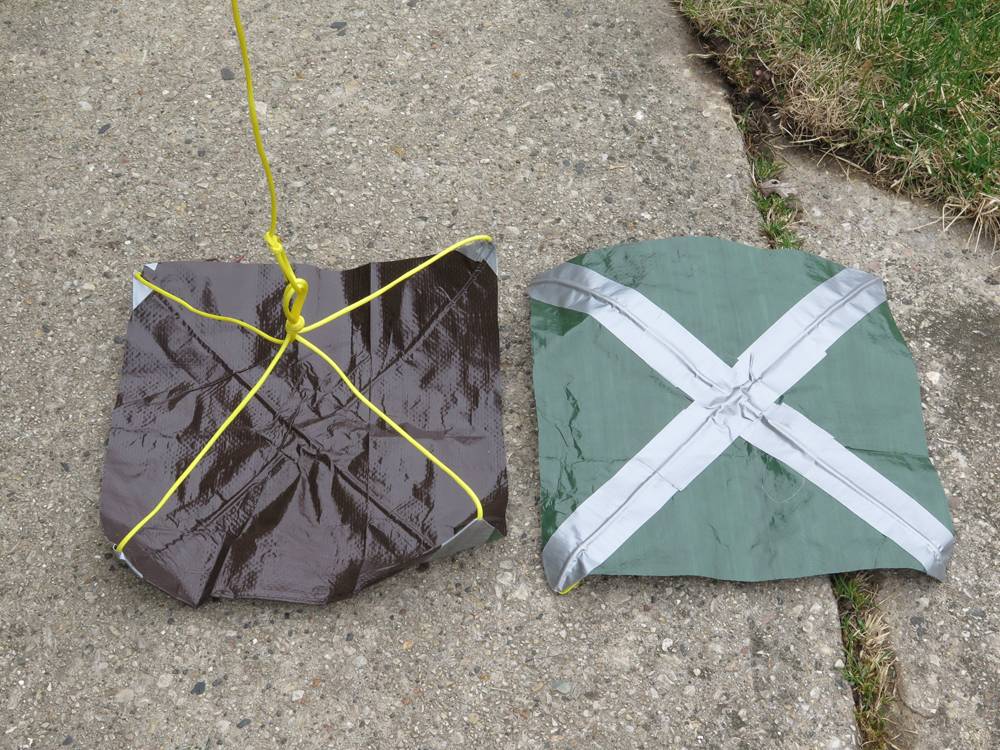I went about solving a minor problem for myself today, and maybe there are a few people out there who might find it interesting. I decided I wanted to have some sand anchors for one of my tents. The tent in question is a “Lean 1 Plus”, made by CCS, and what I like about it is that it’s extremely light and extremely roomy. It has about as much square footage as a four-person tent but it’s taller than most at the peak, and if you include the separate floor (or just a suitable-sized tarp) and a pair of poles, it’s about as light as most one-person tents (without poles (not needed in the woods) it’s much lighter, in spite of its relatively enormous size). Though it’s not self-supporting, it can be guyed out in innumerable ways, and if you are handy with rope that can be done pretty easily and quickly in the woods or in places where lightweight tent stakes can be used. However, I’d like to use it more often on the sandbars of the Wisconsin river, where lightweight tent stakes do not hold well. I’ve said it here before that “the best sand stakes ever” are 0.75" x 1.5" wood stakes that are at least 12" or 14" long, and that’s what I use for any self-supporting tent on sandbars, but since this tent would require a large number of guy lines and base anchors if strong wind were expected, that would require me to bring along way too many wooden stakes (too much weight and too much bulk for my taste), so I came upon the idea of using the kind of sand/snow anchor that looks like a parachute.
Well, heck, when I found out that the sand anchors made by both Mountain Hardware and MSR cost $25 for a set of four, I gave up the idea of buying any. I want to be ready with a whole lot more than four, but not at that price. So, I started making some tonight, using medium-weight plastic woven tarp, cheap para-cord, and duct tape. The parachute part is made from one-foot-square pieces of tarp, and two loops of para-cord cross the back side from corner to corner and at right angles, and are held to the back surface of the tarp by duct tape. The para-cord lines all come together a little ways away from the front surface in a single loop to which an anchor line can be tied. Since the para-cord is on the back side, the tape serves no structural function and pulling the lines won’t cause it to fail. It just keeps the para-cord positioned where it needs to be to do its job. The cost works out to $10 per dozen, with 9/10ths of that being for the para-cord (that part really adds up, with two four-foot lengths of cord per unit). Incidentally, the total weight for a dozen is just slightly more than a pound, but using lighter tarp material would reduce that by a fair amount.
For those who camp on rocky beaches, this kind of anchor can be used to cradle a big cobble or small boulder, instead of being buried.
I realize they won’t last forever, but since they won’t be out in the sun at all, I’m pretty sure they’ll last for years. I’m calling it a bargain, but I’ll report back if they don’t work as expected…

